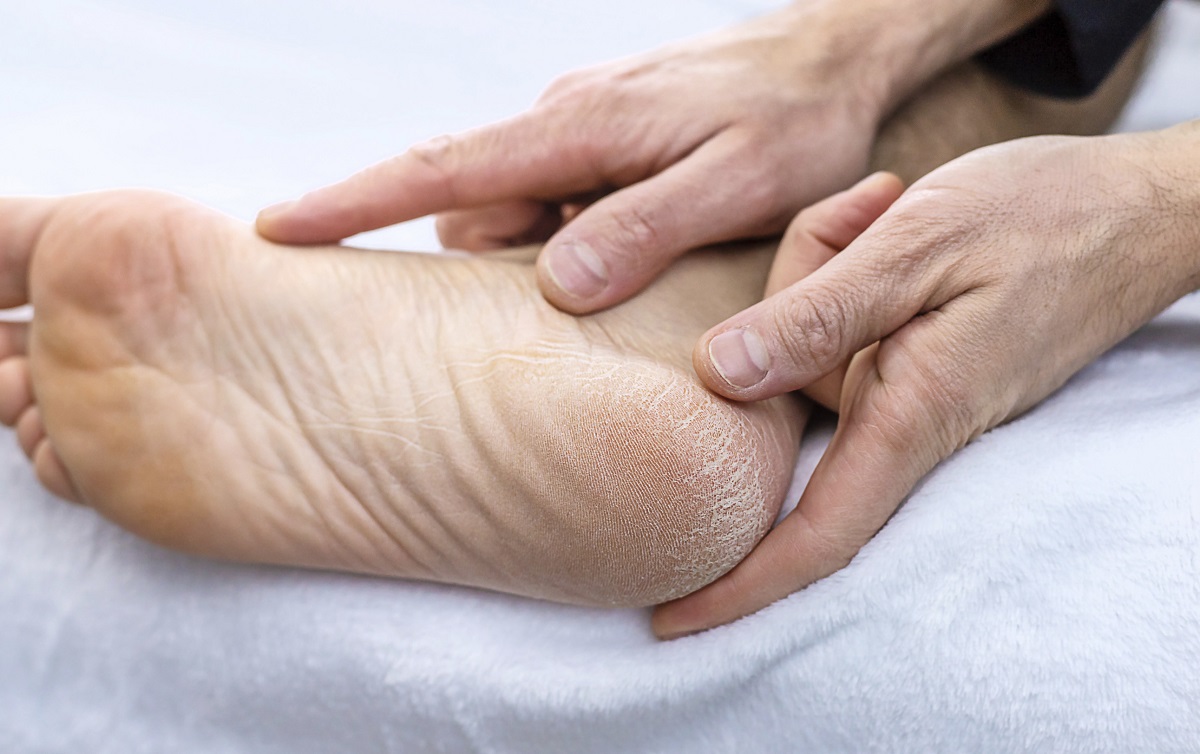Symptoms of thyroid disorders can also show up on the legs, as a specialist endocrinologist has discussed.
Thyroid disorders can manifest themselves in a wide range of symptoms, including menstrual irregularities, infertility, weight problems, hair loss and digestive problems. But few people know that the condition of their legs can also be a tell-tale sign.
Symptoms of thyroid dysfunction
Thyroid gland diseases are very common especially among people who live in an iodine-poor country, which is a very important substance for the proper production and synthesis of thyroid hormones. This is why many people suffer from autoimmune Hashimoto’s thyroid disease and Graves-Basedow disease, which is a thyroid disorder of autoimmune origin.
Whether under- or overactive, proper treatment is of great importance, not only because of the unpleasant symptoms, but also because thyroid disorders can easily cause infertility, miscarriage and heart problems. It is worth adding, however, that people may not always experience symptoms or may not even know that some of their problems are caused by their thyroid problem.
Let’s see what symptoms can occur in the legs and what symptoms to look out for.
Symptoms of thyroid disorders in the legs
Dry, cracked feet
Although there are many reasons why someone may have dry, cracked feet, it is worth knowing that the problem can also be caused by a thyroid condition, specifically an underactive thyroid gland. Not only can feet become dry, but it is also easy to develop calluses and it is common for the skin to crack, especially on the heels. The cause is mainly dehydration due to an underactive thyroid gland.
Cold feet
If someone’s limbs are always cold, people suspect a circulatory problem, although there may be other causes. It is very common in cases of hypothyroidism, where not only are the feet cold, but the patient is less tolerant of cooler weather. Therefore, if you experience the problem frequently in warmer temperatures, you should have your thyroid checked.
Foot pain
A typical symptom of thyroid disease is leg pain. This is because the thyroid gland produces hormones that regulate the body’s metabolism, and if it doesn’t work properly, it can cause muscle and joint pain in the leg. In addition, autoimmune diseases are often present in combination, so if you have an autoimmune thyroid disorder, you may also have rheumatoid arthritis, which can manifest itself in limb pain.
Leg swelling
Swelling and oedema of the legs can be caused by many things (venous circulatory disorders, heart problems, high blood pressure, kidney problems, lymphatic circulation problems, etc.), but it is worth knowing that thyroid hormone production disorders are also often manifested in oedema of the limbs, mainly due to slow metabolism caused by hypothyroidism, but may also indicate tunnel syndrome (which may also be caused by the hormone disorder).
Investigation and treatment of thyroid disorders
If there is a possibility of thyroid disease, laboratory tests should be done to check the levels of TSH, T4, T3 and ATPO to see if inflammation is present and to see if the disorder is autoimmune. It is also important to perform an ultrasound scan to check the size of the thyroid gland and whether it shows nodules or other abnormal lesions.
After an accurate diagnosis, the doctor usually recommends drug therapy to replace the missing hormones or to inhibit their increased production. This is usually sufficient, but surgery may also be necessary, especially in the case of lumps or goiters.

